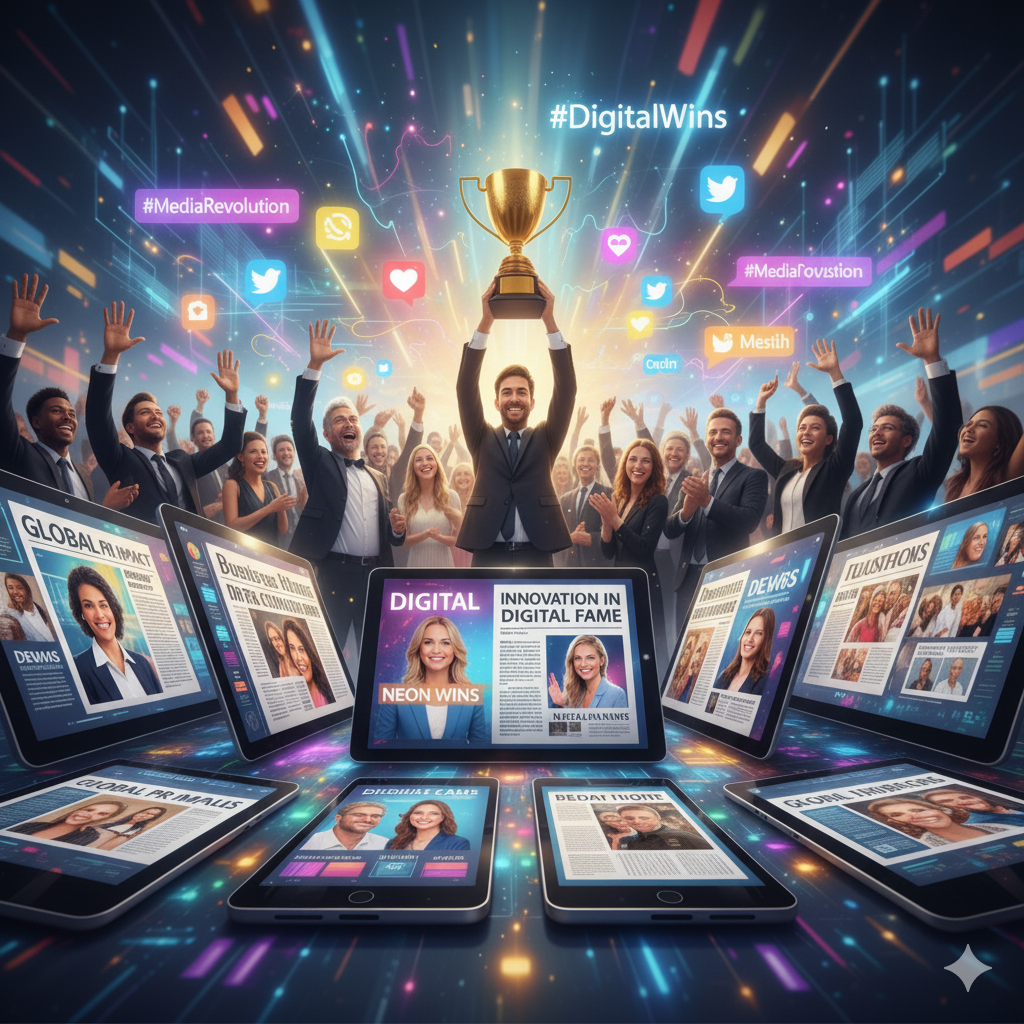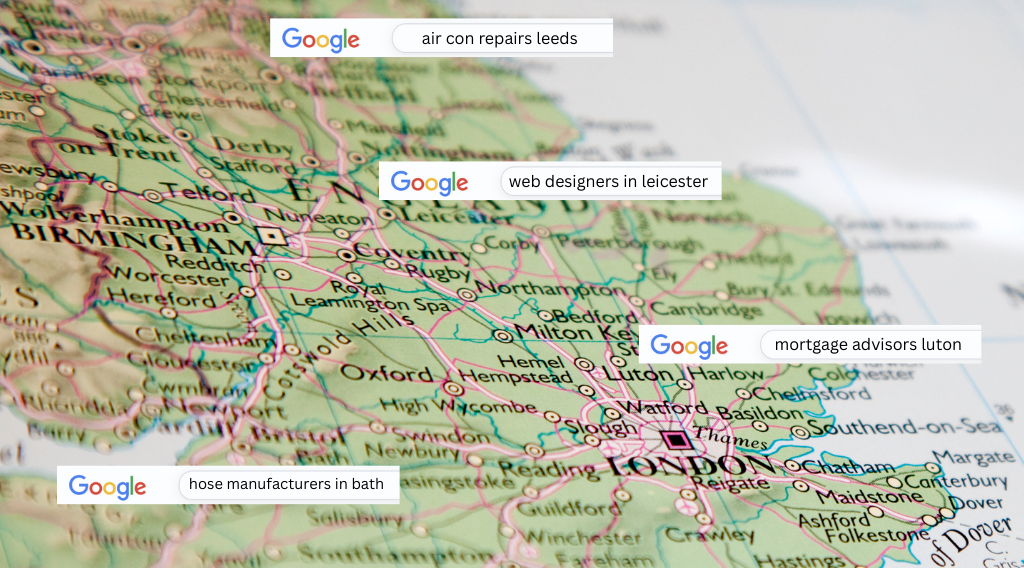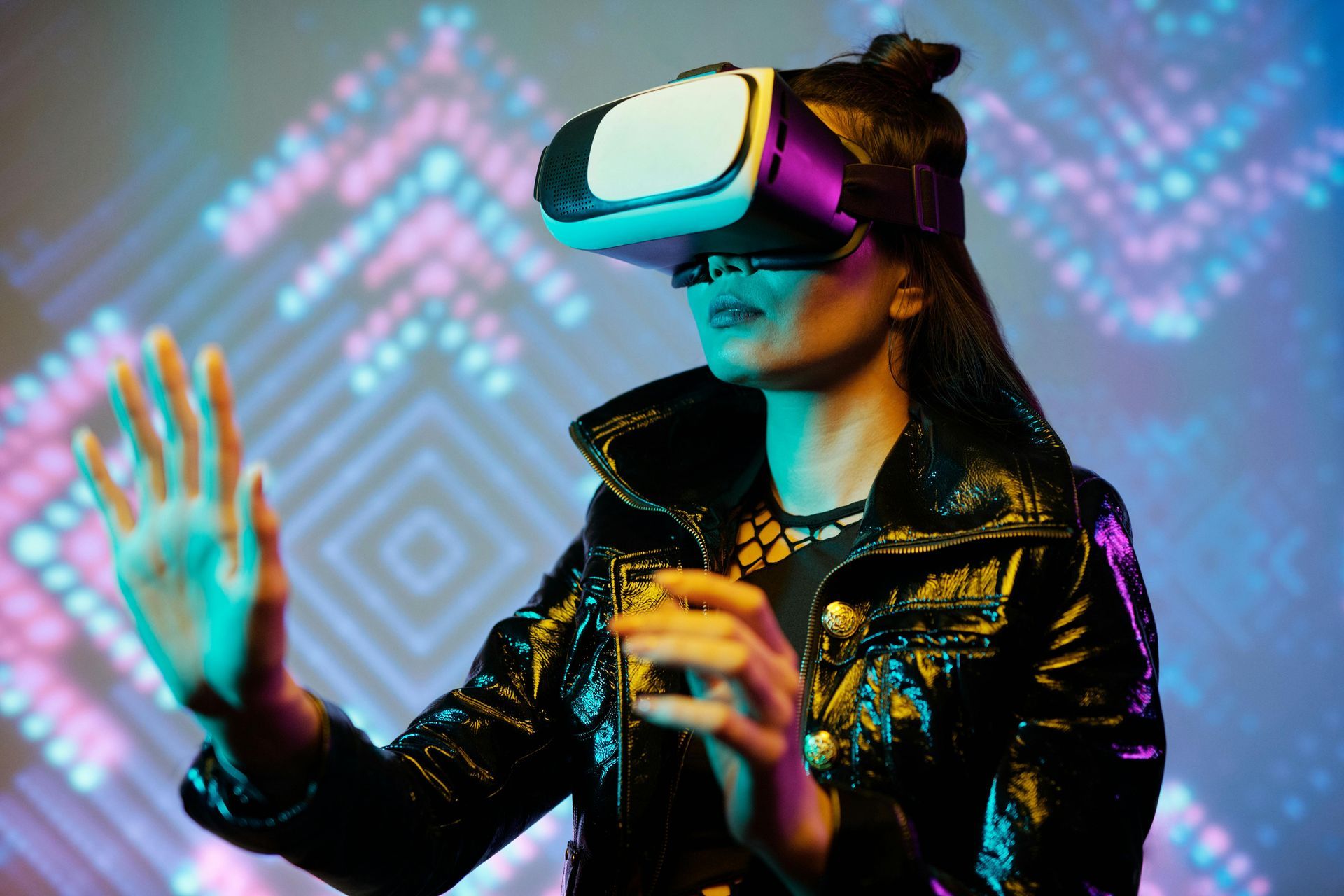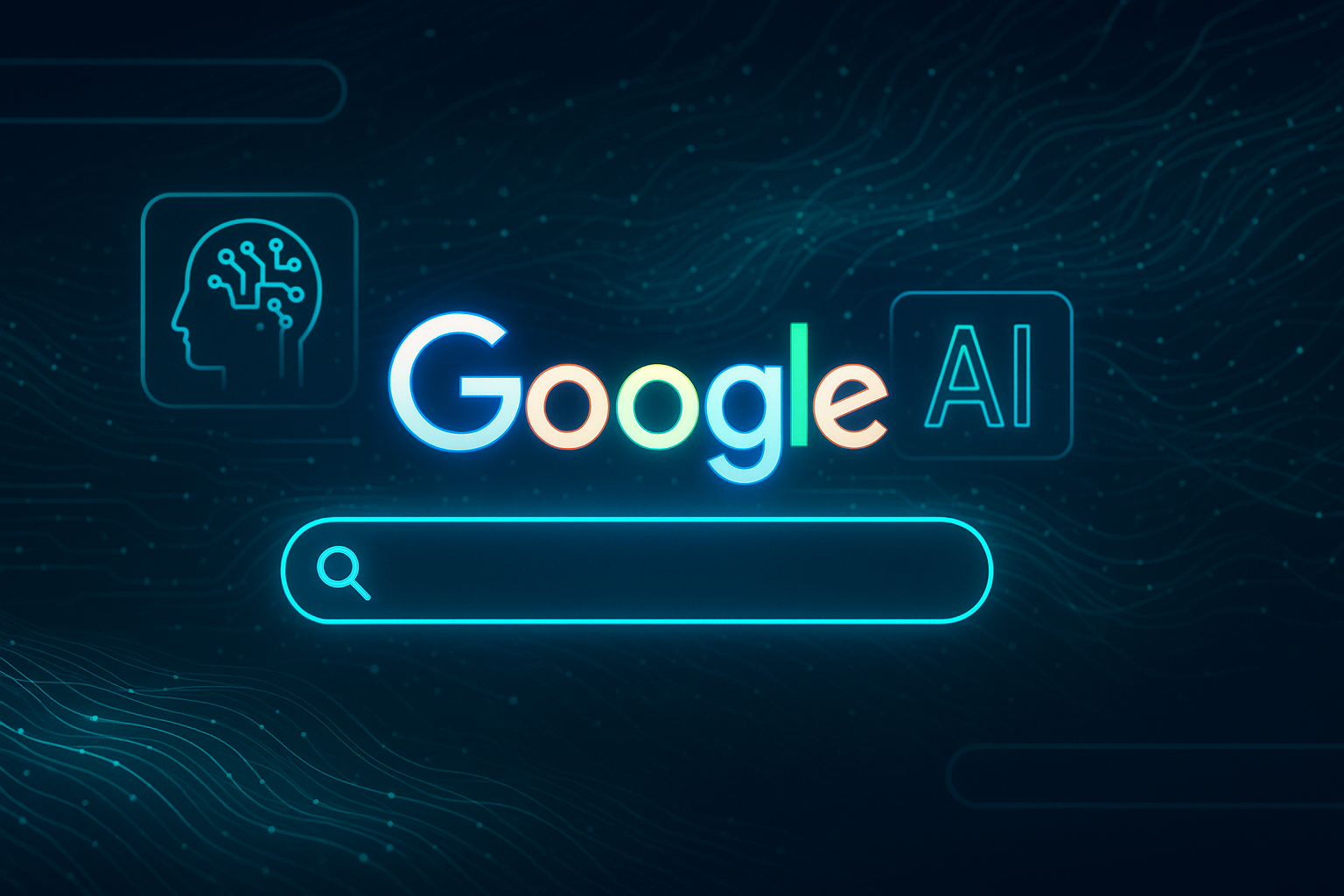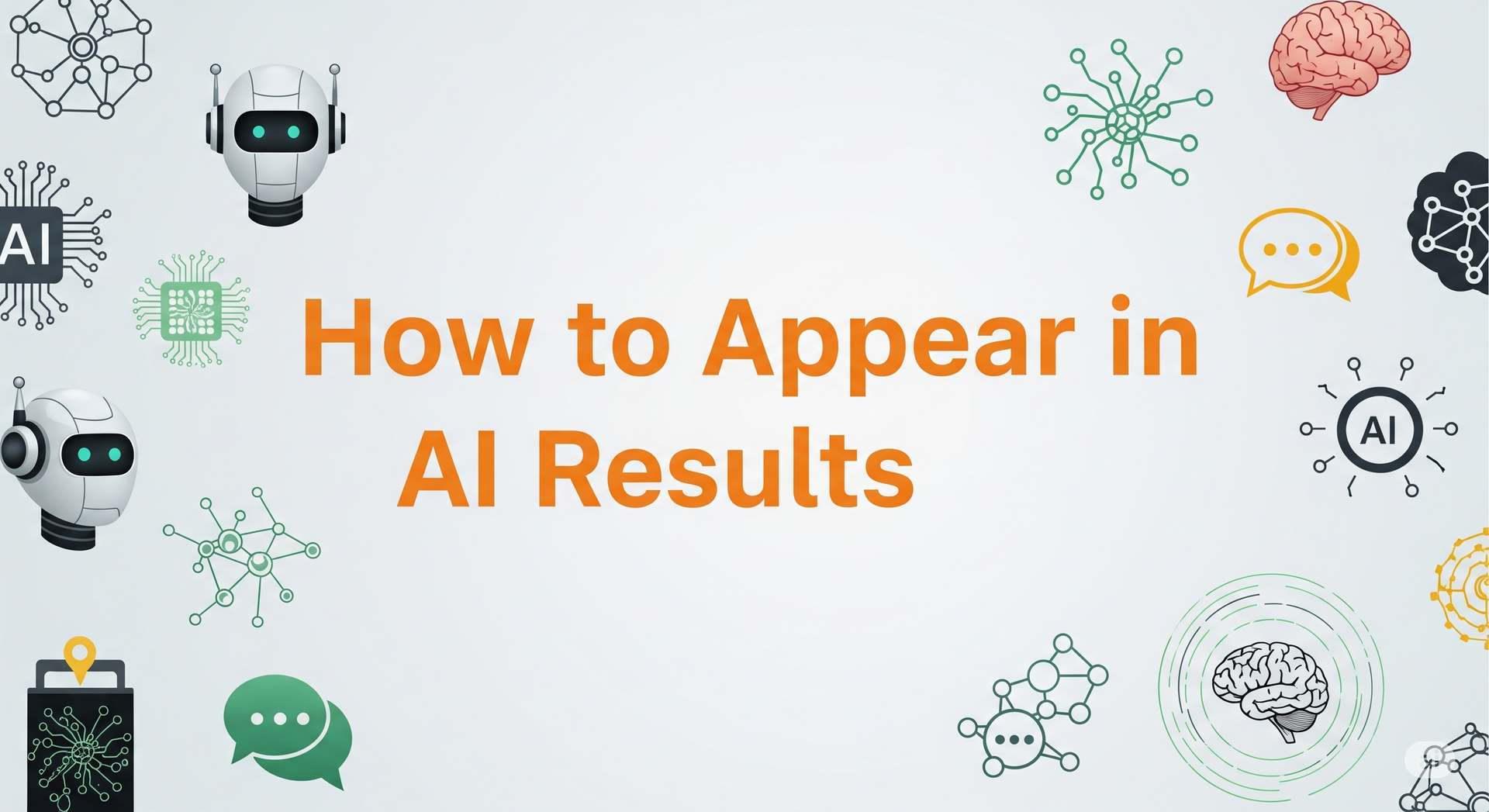The Modern Digital Marketing and AI Terms Glossary (2025 Edition)
The Modern Digital Marketing and AI Terms Glossary (2025 Edition)
Artificial Intelligence (AI) has rapidly reshaped how businesses communicate with customers and optimise their marketing strategies. From search engines to creative campaigns, the digital landscape is now filled with terms that often sound complex to clients of digital marketing agencies. Words like agentive AI, generative search, or hyper-personalisation appear everywhere, but what do they actually mean in practice?
This glossary has been designed to provide clarity. Each entry explains the latest AI and marketing terminology in simple terms, alongside practical insights on why these concepts matter for businesses. Whether you are a business owner working with a digital marketing agency, or simply trying to keep pace with industry trends, this guide will help you cut through the jargon and understand the opportunities behind the buzzwords.
Agentive AI
Agentive AI refers to systems that act on behalf of a user, not just responding to requests but proactively completing tasks. Instead of waiting for instructions, these agents anticipate needs and take action.
For example, in marketing, agentive AI could monitor an eCommerce store, identify abandoned baskets, and automatically trigger personalised campaigns to recover sales. This shift moves AI from being a reactive assistant to an active decision-maker, changing how businesses engage with customers.
AI Overviews (Google Search)
AI Overviews are Google’s new generative search results that summarise information directly at the top of the page. They provide AI-written answers instead of traditional blue links.
For digital marketers, this represents a major shift in SEO. Brands must adapt content strategies to remain visible in AI-generated summaries. Optimising for AI Overviews means producing high-quality, authoritative content that Google’s models are likely to feature when generating responses.
AI Personalisation Engines
These are AI-driven systems that tailor content, offers, and experiences for individual customers. They work by analysing behaviour, purchase history, and preferences.
E-commerce platforms, for instance, use personalisation engines to recommend products, while email campaigns use them to deliver custom subject lines and promotions. This creates experiences that feel relevant and increases conversion rates.
AI-Powered Ad Targeting
AI enables more precise ad targeting by analysing user behaviour across multiple platforms and predicting interests.
This means ads can be served at the right time, on the right platform, to the right audience, increasing ROI and reducing wasted spend.
AI-Powered Chatbots
AI chatbots simulate human conversation to provide instant support. Unlike older scripted bots, they now understand context, intent, and even sentiment.
For businesses, this means 24/7 customer service, reduced wait times, and consistent quality. Chatbots can handle routine tasks while passing complex issues to human agents.
AI-Driven Attribution Models
Attribution models determine which marketing channels contribute most to a conversion. AI-driven attribution goes beyond static rules, using algorithms to dynamically assign credit based on real behaviour.
This helps marketers understand the true value of each channel — whether it’s social media, search, or email — and allocate budgets more effectively.
Autonomous AI Agents
Autonomous agents are self-directed AI systems capable of setting goals and carrying out complex sequences of actions with minimal human input. They combine reasoning, planning, and execution.
In practice, an autonomous marketing agent could design, launch, and optimise an entire paid advertising campaign, adjusting bids, creatives, and targeting based on performance data. While still emerging, these technologies promise a future where routine marketing tasks are fully automated, freeing teams to focus on strategy.
Augmented Creativity (AI + Human Collaboration)
Augmented creativity describes how AI supports human creativity rather than replacing it.
For example, AI tools can generate draft visuals, headlines, or campaign concepts, which creative teams then refine. This partnership speeds up ideation while keeping final control in human hands.
Conversational Commerce
Conversational commerce refers to the use of chatbots and voice assistants to facilitate shopping experiences through natural dialogue. Customers can browse, ask questions, and make purchases directly in chat or voice platforms.
This technology shortens the sales journey. Instead of navigating a website, a customer might simply type, “I need new trainers,” into a messaging app and receive tailored recommendations instantly.
Data Privacy & AI (GDPR and Beyond)
AI often requires customer data, raising legal and ethical questions. GDPR and other regulations govern how this data can be collected, stored, and used.
Marketers must ensure that AI-powered campaigns remain compliant and transparent. Offering customers control over their data helps maintain trust.
Ethical AI in Marketing
Ethical AI is the practice of using AI responsibly, avoiding bias, respecting privacy, and being transparent with customers.
For agencies, this means not just what AI can do, but what it should do. Ethical practices build long-term trust with customers and protect brand reputation.
Explainable AI (XAI)
Explainable AI refers to systems that provide transparency into how decisions are made. Unlike “black box” models, XAI shows the logic behind outputs.
For marketing, this means businesses can justify why certain customers were targeted or why recommendations were made. This transparency is key for compliance and trust.
Fine-Tuning vs. Training
Fine-tuning means adjusting an existing AI model with specific data to improve its performance for a particular task. Training, by contrast, involves building a model from scratch with huge datasets.
Digital marketing agencies often rely on fine-tuning to create AI tools tailored to a brand’s tone of voice or sector-specific requirements. For example, a fine-tuned chatbot may adopt the friendly style of a retail brand, rather than using a neutral corporate voice.
Generative Search
Generative search uses AI to create original answers rather than just pointing to web pages. It relies on large language models to generate natural, conversational results.
For businesses, this impacts how potential customers discover information. Instead of users clicking multiple links, they may get a full AI-produced explanation in one place. Marketing agencies need to focus on structured data, EEAT (Expertise, Experience, Authoritativeness, Trustworthiness), and content designed to be AI-readable.
Hyper-Personalisation
Hyper-personalisation goes beyond basic targeting by using AI to tailor experiences in real time. It adapts based on live interactions, not just past behaviour.
For example, a travel website could instantly adjust destination suggestions based on current browsing rather than relying solely on past searches. This creates highly responsive customer journeys that feel bespoke.
Large Language Models (LLMs)
Large Language Models are AI systems trained on vast amounts of text to understand and generate human-like language. They are the foundation of many modern AI applications.
In marketing, LLMs power everything from customer support chatbots to automated content creation. Their ability to process context and nuance allows businesses to deliver responses and campaigns that feel personalised and natural.
Marketing Automation with AI
Marketing automation uses AI to streamline repetitive tasks such as email scheduling, campaign testing, and social posting.
By learning from data, AI can also optimise send times, segment audiences automatically, and personalise creative. This saves time while improving results.
Multimodal AI
Multimodal AI refers to systems that can process and combine multiple types of input such as text, images, audio, and video simultaneously.
In marketing, multimodal AI can analyse both written reviews and product images to predict customer sentiment. It can also generate creative assets — for instance, producing campaign visuals and ad copy together. This is particularly valuable for agencies that need consistent branding across different media.
Predictive Analytics in Marketing
Predictive analytics uses AI to forecast customer behaviour based on past data. It answers questions like: Who is most likely to purchase? Which leads are most valuable?
For example, a subscription service might predict which customers are likely to cancel and intervene with retention offers. This proactive approach improves customer loyalty and reduces churn.
Prompt Engineering
Prompt engineering is the practice of crafting effective inputs (prompts) to guide AI models towards desired outputs. The quality of the question often determines the quality of the answer.
For marketers, this skill is crucial in areas like AI-generated ad copy, product descriptions, or image creation. Well-designed prompts can yield highly creative, brand-appropriate content, while poor prompts may result in generic or irrelevant results.
RAG (Retrieval-Augmented Generation)
Retrieval-Augmented Generation combines the strengths of AI language models with real-time access to external data.
Instead of relying only on training data, the AI retrieves information from a database or knowledge source while generating responses.
This approach is useful in marketing when accuracy matters, such as producing up-to-date product descriptions or compliance-sensitive financial content. It ensures AI outputs are both fluent and factually reliable.
Synthetic Media (Deepfakes & AI Content)
Synthetic media refers to AI-generated audio, video, or images, including deepfakes.
While controversial, synthetic media has legitimate uses in marketing, such as creating multilingual video ads where the same spokesperson appears to speak different languages. Ethical use is critical to maintain trust.
Voice Search Optimisation
Voice search optimisation prepares content to be discoverable through voice assistants like Alexa, Siri, and Google Assistant.
Because voice queries are conversational and longer than typed ones, marketers need to structure content for natural language. FAQs, local SEO, and concise answers become critical in this landscape.
Zero-Click Search
Zero-click search occurs when users find the answer they need directly on the search results page without clicking a link. Featured snippets, AI Overviews, and knowledge panels drive this trend.
For businesses, this reduces direct traffic but increases the importance of brand visibility within Google’s own results. Optimising for zero-click requires concise, authoritative answers that AI systems can surface.
Artificial Intelligence will continue to evolve rapidly, introducing even more new terms and tools. For businesses working with digital marketing agencies, understanding this language is essential to making informed decisions. By breaking down these concepts into clear explanations, this glossary aims to provide confidence, clarity, and a sense of opportunity. AI is not just shaping the future of marketing — it is shaping how customers experience every brand today. Agencies like H10 Marketing are here to translate innovation into practical strategies that help clients grow with confidence.


